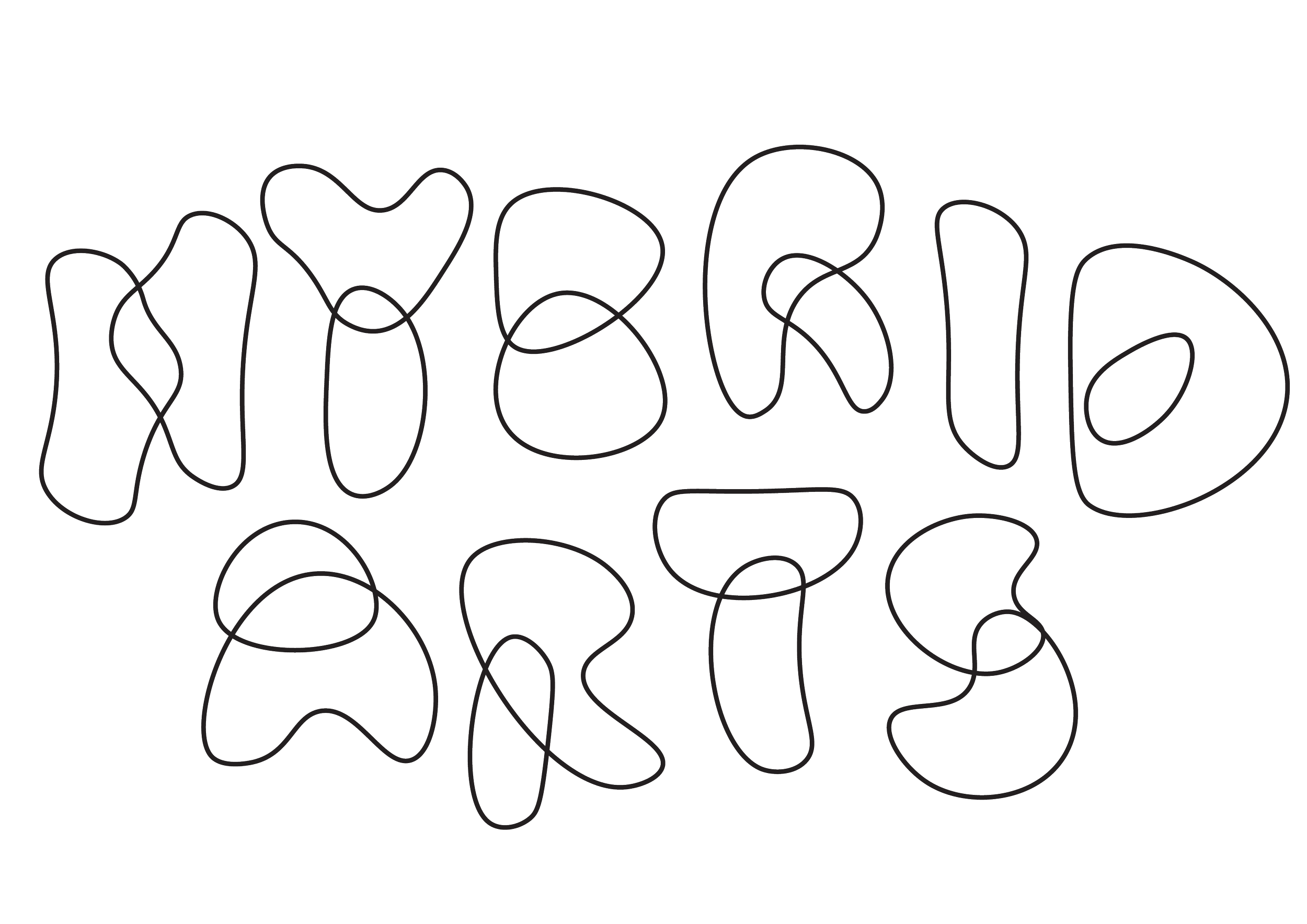Infrequently
Asked
Questions
Artists do not think outside the box - there is no box.
Frances Whitehead, What Do Artists Know?
What are hybrid arts?
Hybrid arts occur when artists collaborate with partners outside the arts sector, such as in sciences, technology, healthcare, governance, or community development. This cross-sector collaboration is the defining feature of hybrid arts.What does Hybrid Arts, the business, do?
Hybrid Arts facilitates partnerships between artists and professionals in other fields, from experimental pilots to long-term, infrastructural investments in creative collaboration. We develop strategies, facilitate cross-disciplinary communication, design programs, and help secure funding.Why does Hybrid Arts, the business, exist?
Many artists and non-art professionals are eager to collaborate but face barriers such as operating in separate spheres, inadequate support infrastructure, and lack of know-how. Hybrid Arts helps overcome these challenges.What is Hybrid Art’s philosophy?
Culture shapes all human endeavors. As cultural professionals, artists can uniquely perceive and influence these cultural currents. Integrating artistic perspectives across society can open fresh approaches to problems, enrich our understanding, and help imagine a better future.But what specific skills do artists bring to collaborations?
Artists excel at interpreting cultural information, connecting knowledge across domains, imagining new possibilities, and translating abstract ideas into tangible forms. They bring keen observational skills, comfort with ambiguity, and the ability to generate unexpected insights into all domains.Can art solve problems?
Art rarely solves problems directly. However, artists often identify new problems or reframe existing ones, offering unique perspectives. These insights can lead to more comprehensive, sustainable, and effective solutions.What does success look like?
Success in creative collaboration is an ongoing process of positive organizational change: new practices are established, deeply rooted challenges are addressed, relationships with communities are improved.What types of organizations can benefit from working with artists?
Any organization dealing with complex issues can benefit, including those in public health, urban planning, education, technology, and government.Where did the name come from?
The term is inspired by the "hybrid economy" concept introduced in the 2003 report "Investing in Creativity: A Study of the Support Structure for U.S. Artists", which highlighted artists working across sectors. Read more about this on our blog.Where do I find good examples of creative collaborations?
Check out projects by SymbioticA; Rebuild Foundation, Caroline Sinders, Project Row Houses, Robert Irwin, Frances Whitehead, Municipal Artist Partnerships, Center for Performance and Civic Practice, …
Don’t see your question? Ask it here.


